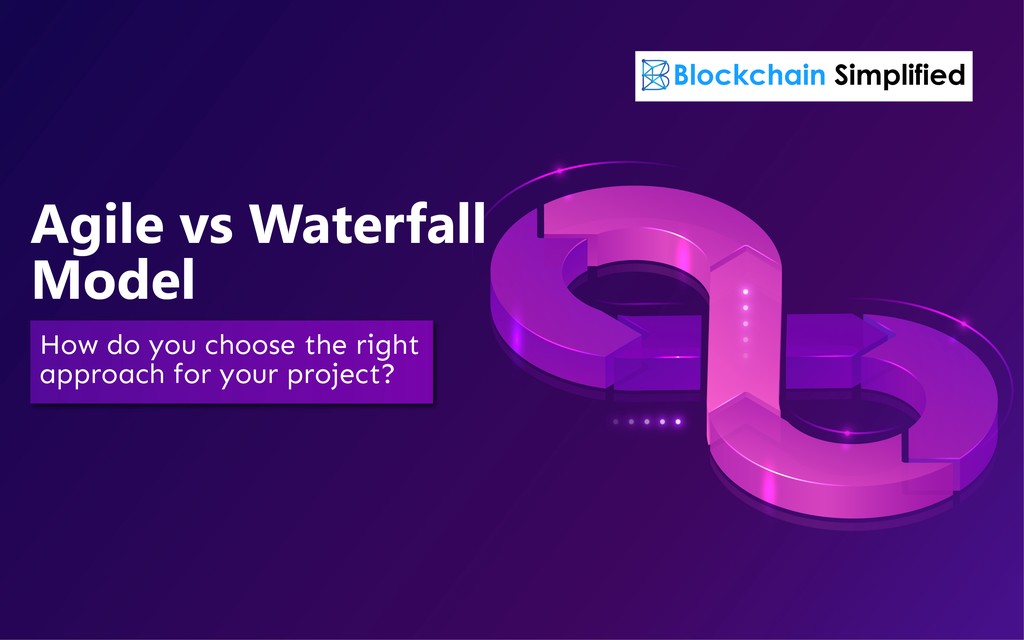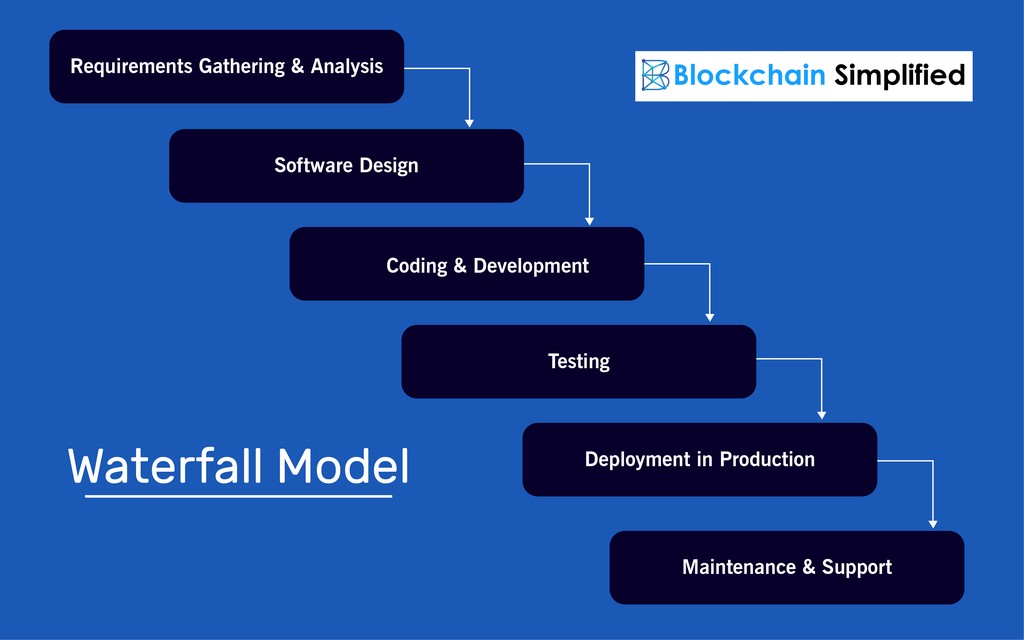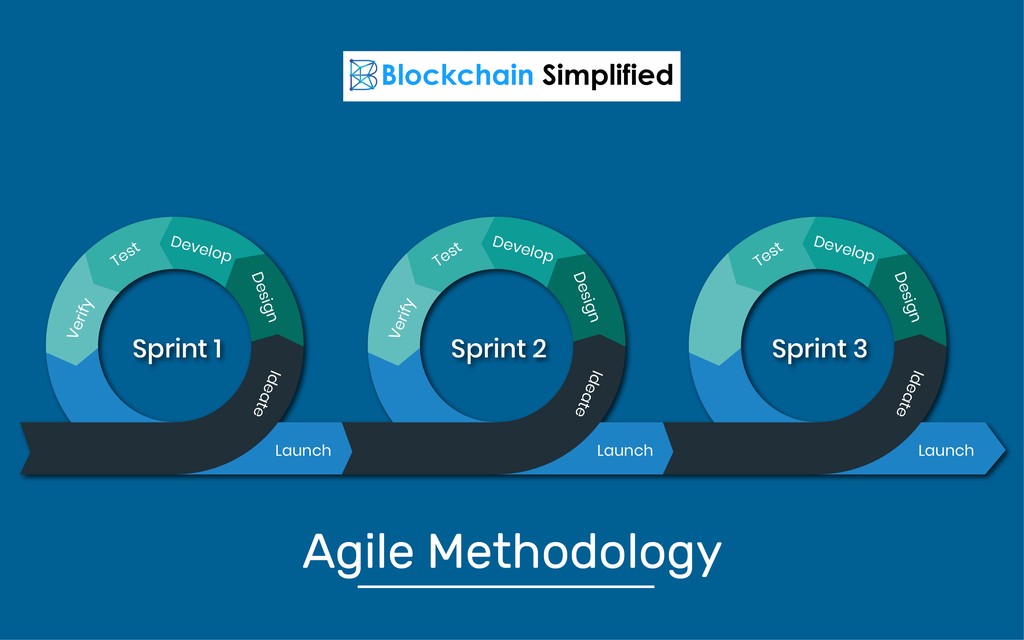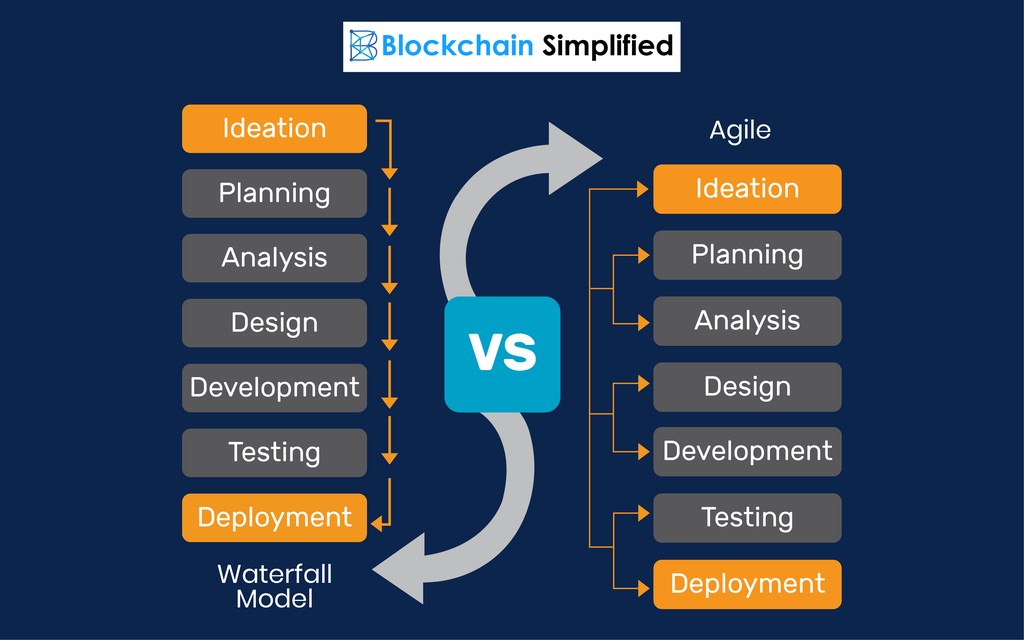Agile vs Waterfall model - How do you choose the right approach for your project?

With changing times and emerging technologies, software development has become far more dynamic. Customers have become increasingly smart and are demanding a quick and easily adaptive approach and strategy while developing a software. The traditional waterfall model fails to be in tandem with this scenario of rapidly changing customer requirements and dynamic methodologies. And thus came into existence the Agile development methodology.
More and more organizations are switching over to the Agile model of development which follows an approach of continual and simultaneous development and testing of a software product, unlike the sequential method of the Waterfall model. Although in this battle between Agile vs Waterfall, Agile emerges as the hero and has several advantages over the Waterfall model, there are still some situations where the traditional approach fits better.
In this blog, we will go through both - the Waterfall model and the Agile methodology - to understand them in detail, weigh their pros and cons, compare Agile vs Waterfall. This will help us make an informed decision about which is suitable for a particular type of project.
Waterfall model
In early days of software development, the Waterfall model was the most sought after development model. The complete implementation is done considering it as a single project. It is based on a linear, sequential process where the process is divided into multiple phases/stages. Like a typical waterfall, the next phase of the process is initiated only after the preceding/previous step is completely executed. It follows a structured and fixed approach throughout the software development life cycle. Below are the phases which a typical Waterfall model goes through,
1)Gathering & Collating requirements via a Software Requirements Specification (SRS) document.
2)Freeze requirements & “Design” the application software.
3)Start development and implement coding.
4)Perform Unit testing, System testing and User Acceptance Testing (UAT).
5)Fix bugs and errors that arose in the Testing phase.
6)Deploy the final product into production (Make the software “Live”)

Since it is a very old practice, the Waterfall model is understood by most of the developers and hence is very easy to adapt. Also, since the requirements are fixed well in advance, it becomes easy to plan and execute the entire development process. A complete project plan right from initiation helps each department to plan their activities beforehand. Once the requirements are freezed, there is not much involvement of the customer needed. The start-to-end method of the Waterfall model provides a complete application from head to toe since components are not developed in bits and pieces.
One of the biggest disadvantages of the Waterfall model is that it is very rigid in its approach. One cannot go back to change the requirements that are agreed upon before. Although mockups, wireframes, or POC can help developers and customers envision the final product, the end result still remains a mystery in the Waterfall model due to its sequential pattern. This can potentially lead to customer dissatisfaction since the way the customer had visualized it and the way it turns up could be completely different from each other. Any changes post the final product can be a cost overhead and also difficult to implement. Due to this stringent nature, the Waterfall model is suitable to projects only where there are no changes expected post the requirement gathering phase.
In the Agile vs Waterfall model, we learnt what Waterfall is, now lets see how Agile works.
Agile Methodology
Agile is an incremental & iterative approach that promotes continuous and simultaneous development and testing of a software product. Typically, Agile and Scrum frameworks emphasize on rapid application development where the project is segregated into multiple timeframes called as sprints. Each sprint is a duration of a couple of weeks and additional features are kept adding at every sprint. It consists of creating a Minimum viable product (MVP) with features just enough for the working of the product with concurrent development and testing processes. The project is divided into multiple functional components which execute simultaneously alongside each other. There is a lot of customer involvement in Agile processes for continuous evaluation, review & feedback. Based on customer response, product requirements can be changed, re-planned and re-developed to satisfy newer client specifications.

Agile provides flexibility in terms of allowing change in requirements at any point of time in the project, thus making it the most sought after methodology. The processes of planning, design,development and testing appear multiple times in Agile, given its parallel execution approach. Since the customer is involved in every process, Agile promises thorough customer satisfaction, as the customer is completely aware of the product right from its conception. Testing and bug fixing is an easy process since there is a constant defect identification and rectification process.
While Agile is the go-to methodology for projects where there are frequent requirements changes which often is the case nowadays considering dynamic applications, there are a few drawbacks it has as well. Dedicated timeframes for sprints sometimes may be a hindrance during development. A delay in the process may cause allotted time frames to exceed thereby increasing cost and time overhead. Agile requires regular refactoring due to changing requirements without which the overall structure and design can go for a toss.
Now that we know about Agile as well, let us see who wins the battle - Agile vs Waterfall?
Agile vs Waterfall model - Which is the best for my project?

In an ever-changing and dynamic environment, requirements keep changing quite often. Customer expectations and demands have skyrocketed over these years and enhancements requests and updates in software features and capabilities are constant. Agile is the perfect solution for projects demanding frequent requirement changes since scaling up of products is easy. Agile is best suited for processes where customer satisfaction is priority and the product is moulded repeatedly to evolve according to changing customer specifications.
On the other hand, projects that have fixed requirements that are not expected to change anytime are tailor-made for the Waterfall model. Projects that are meant to be completed within a stipulated amount of time should definitely follow this model.
Agile vs Waterfall - Clearly Agile is the forerunner here, considering its flexibility to adapt to changes, scalability to implement changes and its quick problem solving processes.
About Blockchain Simplified
Blockchain Simplified is a Top blockchain development company in Pune - India which works on all major Blockchain requirements. We specialise in Blockchain, Web and Mobile development (One Stop Shop for all technology development needs).
Our clientele includes Multiple Funded Start - Ups, SMBs and few MNCs few of which are NASDAQ and NSE listed.
Some of our work includes,
Blockchain based-
hubrisone.com - is a Live app with 100,000+ downloads, All-in-One Cryptocurrency current account. The entire development from scratch carried out by Blockchain Simplified.
All in one Platform - Complete responsibility of entire software development of the platform ,for a $1m funded blockchain start up, led by a team of serial entrepreneurs and tech veterans in Silicon Valley.
Well funded Blockchain startup - Blockchain Simplified helped a $6m funded American Blockchain startup to build the first blockchain protocol to leverage on-chain smart contracts to manage distributed storage of application data off-chain.
Multinational Bank - The company helped one of the top 3 ranking Multinational Banks to integrate various cryptocurrencies into their banking application.
and more…
Non-Blockchain-
SHC - Built entire platform and app from scratch for a $1m funded startup led by a team of Americans including PhD degree holders.
VMW - Developed app for a multi-national company providing mass factory-to-factory shipment services. App is being used by 53 of the Fortune 500 companies such as John Deere, Coca-Cola, Nissan.
and more…
Expertise
Blockchain Development : Bitcoin, Ethereum, Hyperledger, Corda, and more.
Mobile App Development : Android Native, iOS Native, React Native, Flutter, Xamarin.
UI/UX Design : Strategy, Planning, UI/UX Design, Wireframing, Visual Designs.
Web App Development : Node.JS, Angular, React.JS, PHP.
Backend Development : MongoDB, MySQL, AWS, Firebase.
Visit our official website https://blockchainsimplified.com/ for more information.